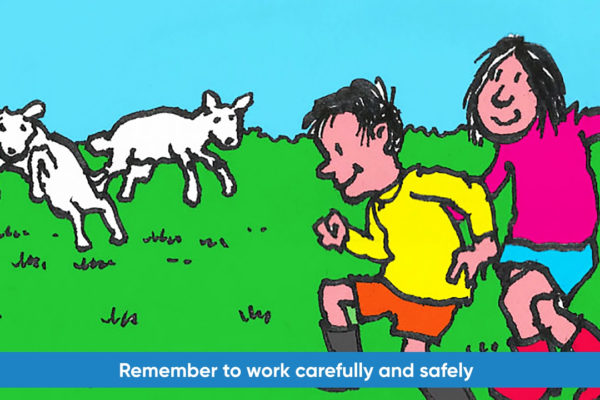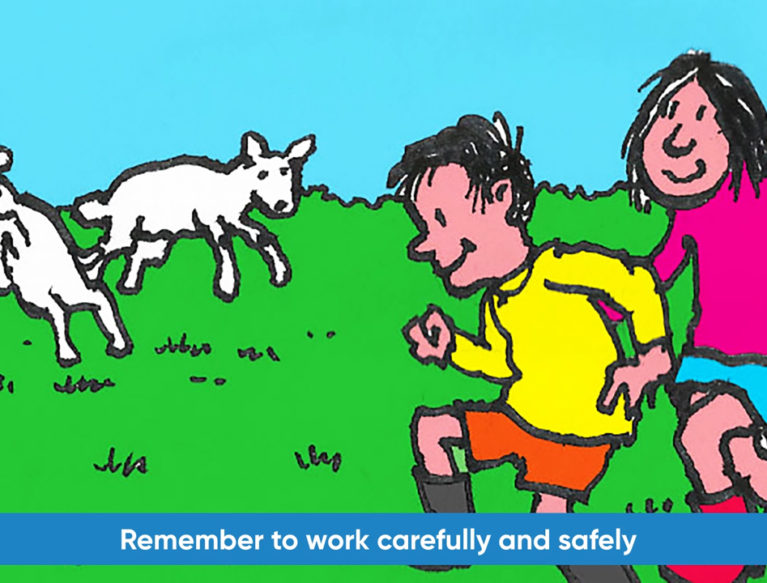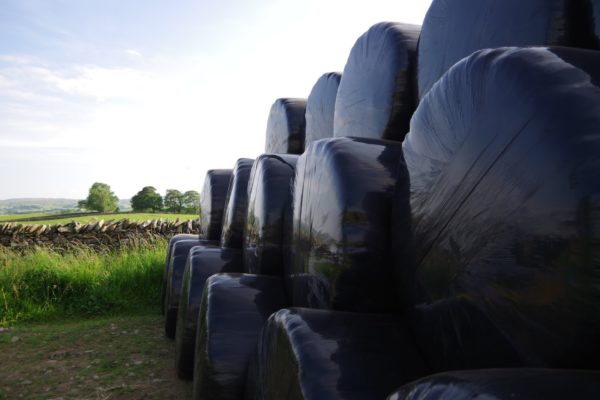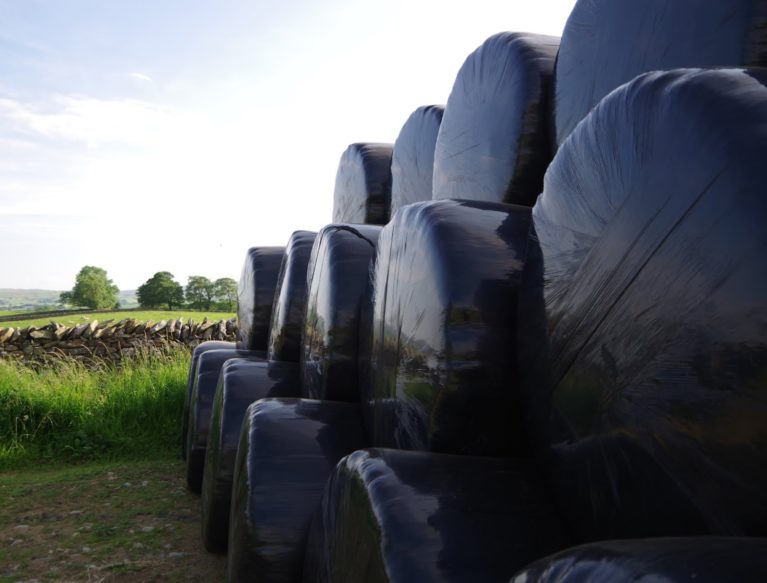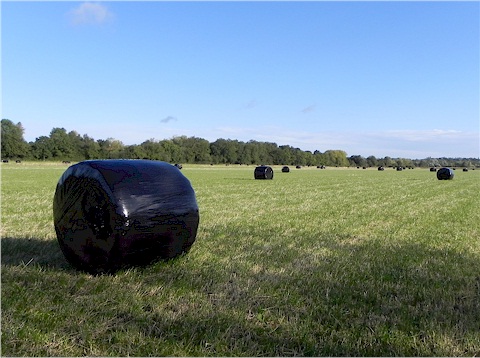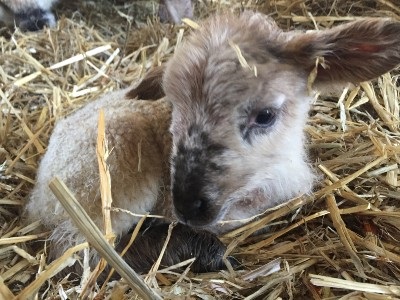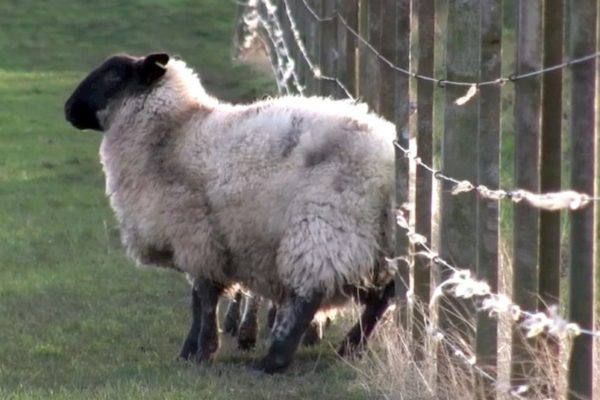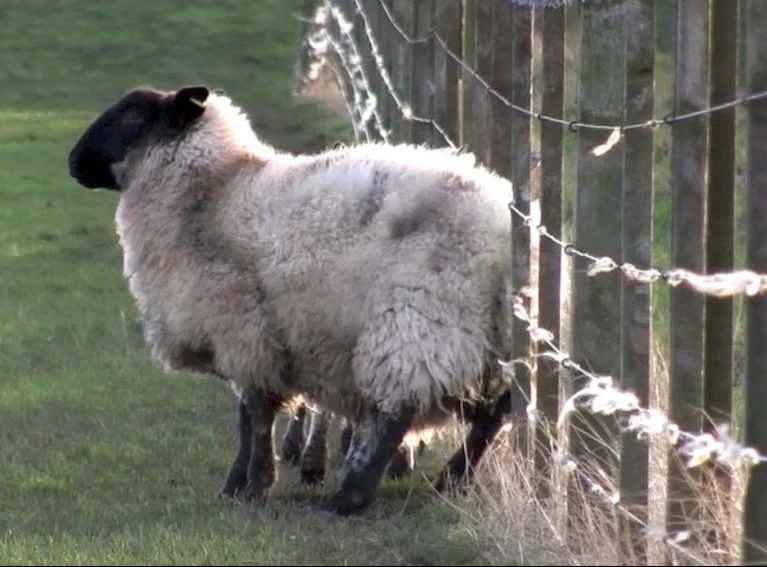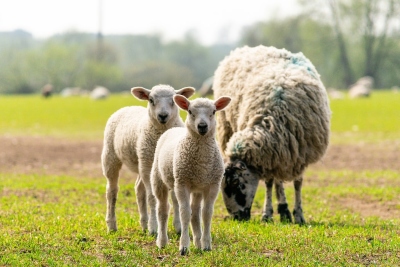Sheep
Keeping children safe during lambing
Lambing is an exciting time seeing new-born lambs either in their pens or lambing outside and taking their first steps. Equally exciting is how young children love lambing time where…
Read More >Bloat In Orphan Lambs
A year of high numbers of lambs being born, inevitably means orphan lambs being reared. One of the most common reported problems for these lambs is abomasal bloat (tympany), which is caused by harmful bacteria in the stomach that feed on the lactose, which often gains entry with unhygienic conditions and hot milk.
Read More >Improving Baled Silage Quality: What’s it Worth?
When buying or selling silage bales, nutritional value is rarely taken into account, but the variation in quality can be huge. Having an analysis to hand might allow you to command a better price if selling and the buyer is more aware of the silage quality they are purchasing and whether it is suitable for the class of stock it is destined for.
Read More >Reducing the Environmental Impact of Silage Bales
Baling silage is generally a more expensive way of making silage compared to clamp storage and silage quality tends not to be quite as good. As baler technology develops, the quality and quantity of silage in a bale is increasing. However, the environmental issue of plastic use and disposal remains a big concern with baled silage.
Read More >Agribusiness News – April 2021
The April 2021 edition of Agribusiness News is now available to download. Along with the regular monthly articles on policy, cereals, beef, potatoes, sheep and milk, this month we also…
Read More >Selling your own produce
This series of three meetings will cover all you need to know to get started when considering selling your own produce from your croft or small farm, with the principle…
Read More >Stay Clean, Stay Safe
Most farmers will be aware that sheep and lambs can carry organisms which can be responsible for disease in humans. The specific threat to pregnant women from aborting sheep at lambing time is probably the most familiar issue. However, sheep can also carry organisms which could make anyone unwell, and it’s sensible to consider these risks as you go about your work.
Read More >Sheep Scab Resistance – A Developing Problem
Sheep scab is thought to be the most contagious parasitic disease in sheep and has significant detrimental effects on welfare and production. It causes severe itchiness, crusting skin lesions and intense irritation in affected sheep and is often associated with marked wool loss.
Read More >Nematodirus battus in Lambs
The life cycle of Nematodirus battus differs from other gastrointestinal worms. Development to infective larvae takes place within the egg, which allows the larvae to survive for long periods on the pasture, surviving cold or dry weather. Hatching of the larvae usually requires particular environments conditions: a period of cold weather followed by 7-10 days of temperatures over 10ºC. Nematodirus eggs on the pasture therefore survive through winter and hatch en masse in the spring.
Read More >
